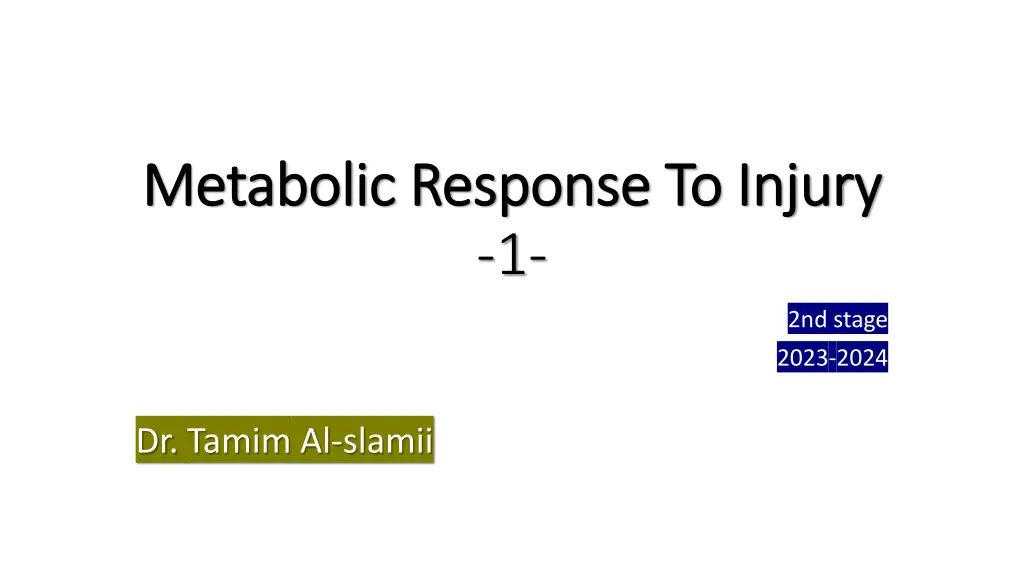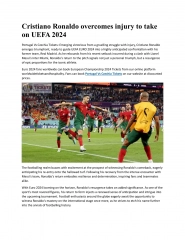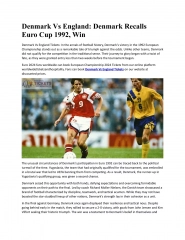
Understanding Metabolic Response to Injury: Phases and Homeostasis
Explore the metabolic response to injury, including the phases of ebb and flow, the concept of homeostasis, and the key components involved in maintaining physiological balance. Learn about the critical factors affecting the body's response to injury and surgery, and how stress-free peri-operative care plays a vital role in preserving homeostasis.
Download Presentation

Please find below an Image/Link to download the presentation.
The content on the website is provided AS IS for your information and personal use only. It may not be sold, licensed, or shared on other websites without obtaining consent from the author. If you encounter any issues during the download, it is possible that the publisher has removed the file from their server.
You are allowed to download the files provided on this website for personal or commercial use, subject to the condition that they are used lawfully. All files are the property of their respective owners.
The content on the website is provided AS IS for your information and personal use only. It may not be sold, licensed, or shared on other websites without obtaining consent from the author.
E N D
Presentation Transcript
Metabolic Response To Injury Metabolic Response To Injury -1- 2nd stage 2023-2024 Dr. Tamim Al-slamii
Objectives Objectives 1. Homeostasis 2. Components of response 3. Mediators of response 4. The EBB and flow phases model 5. Factors exacerbating and avoidable
1 1- - What Homeostasis What Homeostasis The human body is balanced before injury or surgery occurs
Homeostasis Homeostasis Maintenance of nearly conditions in the internal environment Essentially all organs and tissues of the body perform functions that help maintenance theses constant conditions
Basic concepts in homeostasis Basic concepts in homeostasis Homeostasis: is the foundation of normal physiology
Stress- free peri-operative care helps to preserve homeostasis following elective surgery Resuscitation, surgical intervention and critical care can return the severely injured p.t to a situation in which homeostasis becomes possible once again.
Metabolic response to injury Metabolic response to injury Response Phases Two phases: 'ebb' and 'flow EBB PHASE During the first few hours after injury. Patients were cold and hypotensive (shocked shock was sometimes found to be reversible with resuscitation and in other cases irreversible.
Response Phases FLOW PHASE If the individual survived the ebb phase, patients entered the flow phase which was itself divided into two parts. 1. Catabolic flow phase 2. Anabolic flow phase
Response Phases Response Phases 2 parts flow phase catabolic flow phase Initial lasted about a week a high metabolic rate breakdown of proteins and fats net loss of body nitrogen (negative nitrogen balance) and weight loss.
Response Phases 2 parts flow phase Anabolic flow phase Late Lasted 2--l weeks Follow the catabolic phase Protein and fat stores were restored and weight gain occurred (positive nitrogen balance).
Metabolic response to Metabolic response to injury is graded and evolve with time injury is graded and evolve with time The more severe the injury, the greater the response in metabolic and immunology change: immunology Cellular response hormonal
Response components Response components Physiological consequences Metabolic manifestations Clinical manifestations Laboratory changes
Response components Response components Physiological Cardic output Ventilation Membrane transport Weight loss Wound healing Metabolic Hyper metabolism Accelerated gluconeogenesis Enhance proteins breakdown Increase fat oxidation
Response components Response components Clinical Fever Tachycardia Tachypnea Presence of wound inflammation Anorexia Laboratory Leukocytosis Hyperglycemia Hepatic renal dysfunction
Acute inflammatory response: Acute inflammatory response: Inflammatory cells and cytokines are the principal mediators
Acute inflammatory response: Anti-inflammatory substances such as Antioxidants glutathione, vitamins A and C) Protease inhibitors (e.g. a -macroglobulin) and lL- 10 Pro-inflammatory Prostaglandins Kinins Complement Proteases Free radicals (e.g. Clinical condition of the patient depends on: Extent to which the inflammation remains localized Balance between pro processes. and anti-inflammatory
Blood flow-conserving measures: Hypovolaemia reduces cardiac preload which leads to a fall in cardiac output and a decrease in blood flow to the tissues and organs. Increased sympathetic activity Increase in cardiac output peripheral vasoconstriction ensure adequate tissue perfusion A rise in blood pressure.
Increased energy metabolism and substrate cycling The body requires energy to undertake physical work, generate heat (thermogenesis) and to meet basal metabolic requirements.
Increased energy metabolism and substrate cycling Basal metabolic rate (BMR) comprises the energy required for maintenance of membrane polarization, substrate absorption and utilization and the mechanical work of the heart and respiratory systems.
Increased energy metabolism and substrate cycling In trauma or surgery overall energy expenditure may rise by 50% due to increased thermogenesis and BMR
Increased energy metabolism and substrate cycling: Thermogenesis: Patients are frequently pyrexial for 24-48 hours following injury (or infection) because proinflammatory cytokines (principally IL-l) reset temperature-regulating centres in the hypothalamus. BMR increases by about 10% for each l C increase in body temperature.
Mediatory of injury response Mediatory of injury response Nuro-Endocrine (hormonal) Immune system (cytokines)
Nuro Nuro- -Endocrine Response To Injury Endocrine Response To Injury Acute phase (changes for short-term survival) Characterized by: an actively secreting pituitary and elevated counter regulatory hormones (cortisol, glucagon and adrenaline). Chronic phase(Changes contribute to chronic wasting). Hypothalamic suppression Low serum levels of the respective target organ hormones.
Corticotrophin releasing factor (CRF) released from the hypothalamus increases adrenocorticotrophic hormone (ACTH) release from the anterior pituitary. ACTH then acts on the adrenal to increase the secretion of cortisol. Hypothalamic activation of the sympathetic nervous system causes release of adrenalin and also stimulates release of glucagon. Intravenous infusion of a cocktail of these counterregulatory hormones (glucagon, glucocorticoids and catecholamines) reproduces many aspects of the metabolic response to injury.
Purpose of Nuro Purpose of Nuro- -Endocrine Response Endocrine Response Provide essential for survival Postpone anabolism Optimise host defense
Immunology Response To Injury Immunology Response To Injury The innate immune system (principally macrophages) interacts in complex manner with : The adaptive immune system (T cells, B cells) in cogenerating the metabolic response to injury.
Systemic inflammation response syndrome( SIRS) Systemic inflammation response syndrome( SIRS) Tow or more of the following critical : 1. Heart rate > 90 2. Temp > (38 C) or < (36 C) 3. Respiratory rate > 20 4. WBC > 12.000\mm or < 4.000mm SIRS + suspected or present source of infection = Sepsis






















